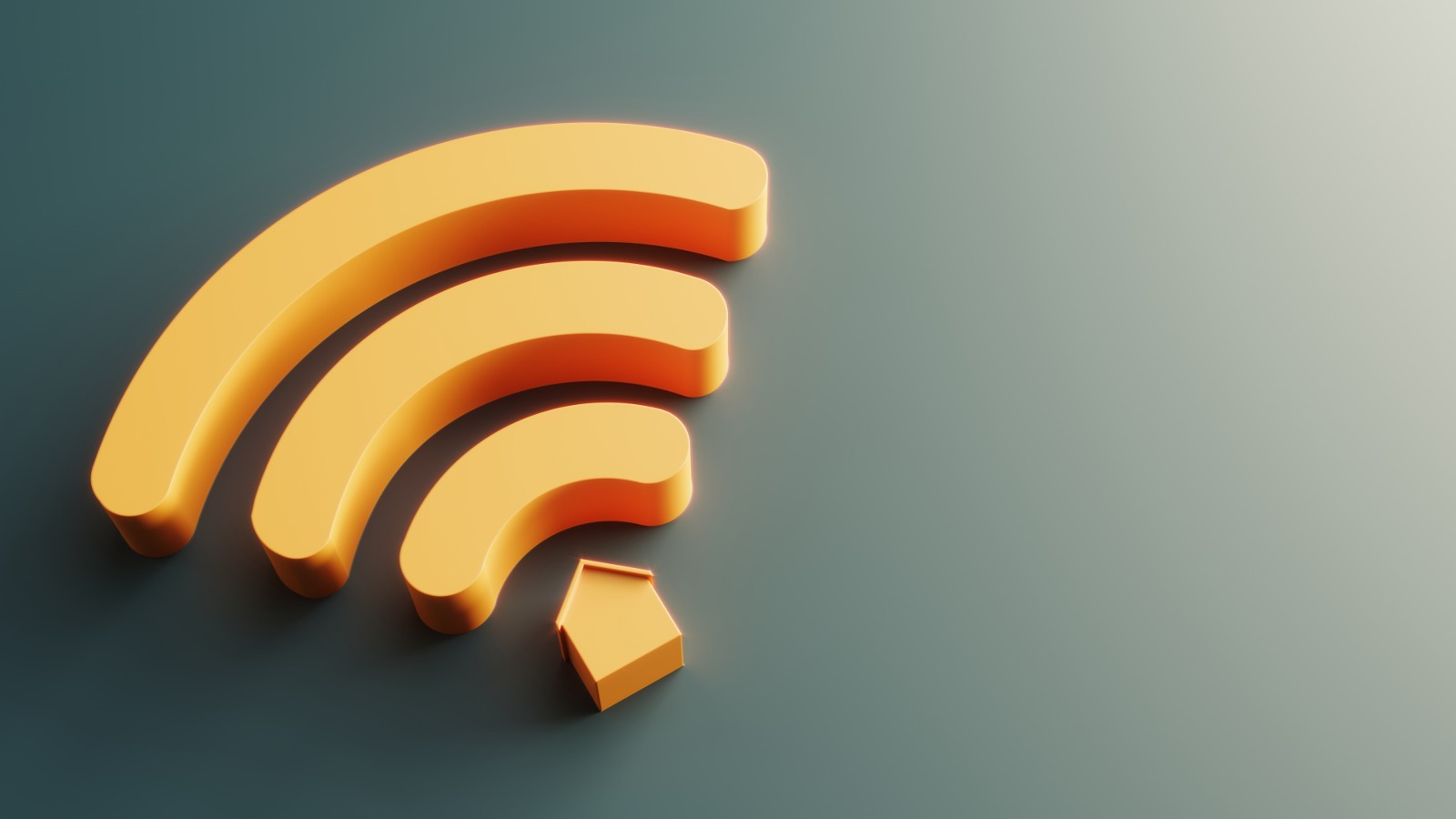
There are generally two types of hotspots: public and personal (or private hotspots). When you turn on the hotspot on your iPhone, for instance, you’ve created a personal (and mobile) hotspot you can carry around. These types of hotspots are great for sharing an internet connection with other devices that can’t access the internet on their own when there’s no Wi-Fi available, like your laptop. Most “personal hotspots” are rechargeable mobile devices or pocket Wi-Fi (Mi-Fi) that have the ability to broadcast Wi-Fi signals in a limited range to limited devices. These are generally secure if they are encrypted and have good passwords.
However, public hotspots are different. They could be directly from a public place like an airport or someone else’s free personal hotspot that they left unprotected (which can also be done maliciously).
Connecting to your personal hotspot or a trusted friend’s is fine for the most part. You should be safe as long as it’s password-protected and you keep tabs on what devices are connected to it. If there are more devices connected to the hotspot than you can account for, go and check if someone else is connected to the hotspot, change the hotspot password immediately, and create a complex password that isn’t easy to crack. For those who prefer to connect to their hotspot via Bluetooth tethering, remember not to leave your device discoverable and ensure that you run the latest OS or firmware updates.

